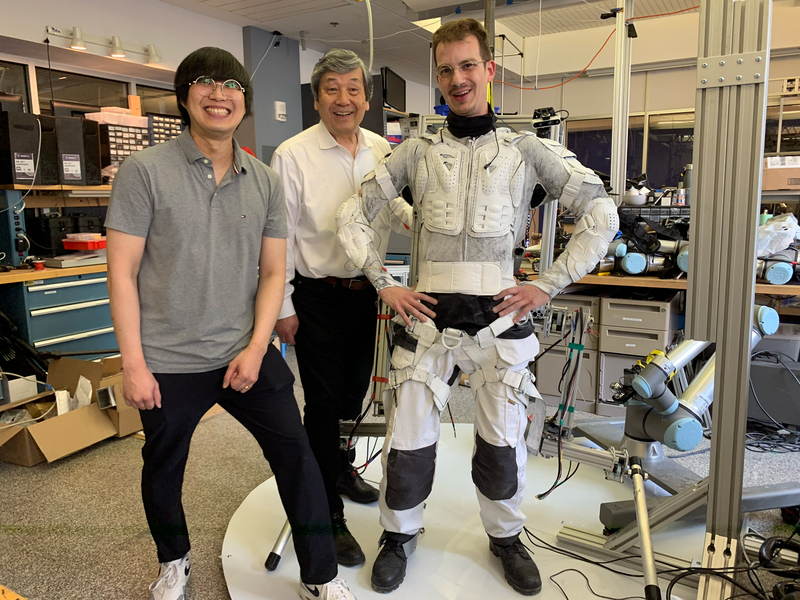We all fall down sometimes. Astronauts are no exception. You need to be in peak physical condition for space travel, but bulky space suits and lower gravity levels can be a recipe for disaster, causing them to trip over themselves. The answer to this very specific issue may well be robotic limbs. They won’t prevent […]
© 2024 TechCrunch. All rights reserved. For personal use only.
We all fall down sometimes. Astronauts are no exception. You need to be in peak physical condition for space travel, but bulky space suits and lower gravity levels can be a recipe for disaster, causing them to trip over themselves.
The answer to this very specific issue may well be robotic limbs. They won’t prevent the falls altogether, but they can help space travelers get back on their feet again.
Engineers at MIT have developed an exoskeleton designed to help give astronauts more support and help right themselves after stumbling in the moon’s low gravity. The “SuperLimbs” are built into a backpack that also contains the motors that power them, along with the astronaut’s life support system.
The system, which is still in the prototype phase, responds directly to the wearer’s feedback. When sitting or lying down, it offers a constructive support to help them get back up while expending less energy — every extra bit helps in a situation like this.
“During the Apollo era, when astronauts would fall, 80% of the time it was when they were doing excavation or some sort of job with a tool,” says MIT doctoral student Erik Ballesteros. “The Artemis missions will really focus on construction and excavation, so the risk of falling is much higher. We think that SuperLimbs can help them recover so they can be more productive, and extend their EVAs.”
The system is adapted from an earlier prototype developed several years ago for terrestrial laborers. In the intervening years, exosuits have become an increasingly popular method to help people in construction and other manual labor avoid unnecessary injury. The team behind the project began adapting the work following conversations with NASA.
“In communications with NASA, we learned that this issue of falling on the moon is a serious risk,” says MIT mechanical engineering professor, Harry Asada. “We realized that we could make some modifications to our design to help astronauts recover from falls and carry on with their work.”
Adapting the system meant studying the ways people recover from falls. According to the researchers, about 80% of us do so in the same way. Ultimately, the team landed on a control system that powers a pair of robotic arms that emerge from the backpack to assist the astronaut.
They will begin testing the system over the summer at NASA’s Jet Propulsion Laboratory.

Leave a Reply